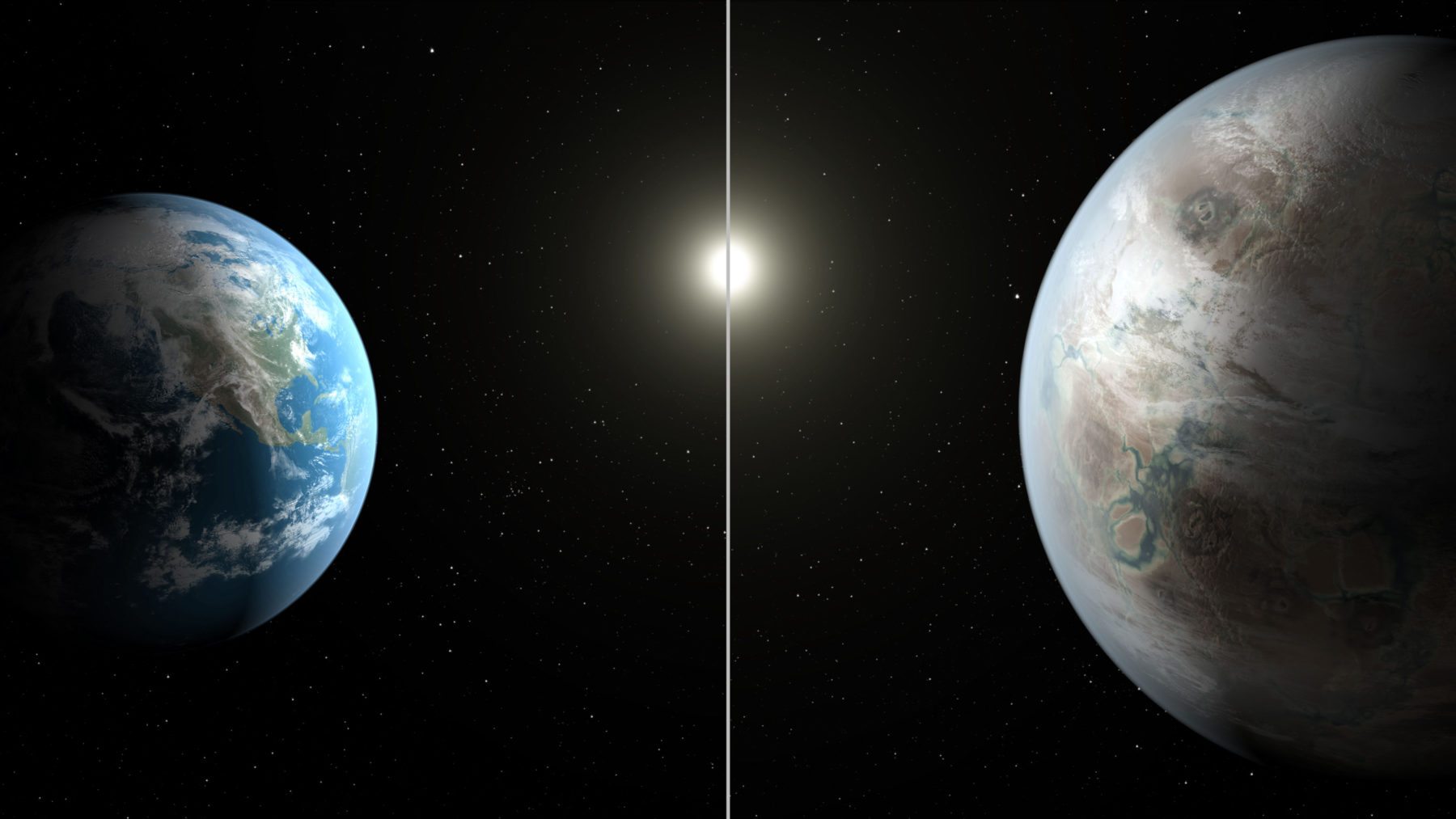Earth 2.0: have we found Earth’s twin planet?
Since its launch in 2009, Nasa’s Kepler space telescope has discovered thousands of fascinating and bizarre worlds. These range from a real life Tatooine to enormous gas giants that reach sizes scientists once thought were impossible.
However, the recent discovery of Kepler-452b, a world 1400 light years away, is perhaps its most significant finding yet. Excitingly, this is because the mission’s scientists have declared they believe the planet to be the most Earth-like planet ever discovered.
Kepler-452b has been dubbed ‘Earth 2.0’ for good reason. The world lies in the habitable zone where it is not too hot or cold for liquid water to form; it orbits a star of similar mass to ours and its orbit takes 385 Earth days. Scientists are also reasonably certain that ‘Earth 2.0’ is a rocky planet, due to the kind of star it orbits and its size.
If you’re thinking that Earth’s supposed twin sounds like the ideal destination for your next summer break, then you should probably take note of some important differences. Firstly, Kepler-452b is 1.6 times the size of Earth and potentially has a mass that is five times that of our own planet too. This higher mass means the planet’s gravity could be roughly twice that here on Earth –a potential problem for would-be visitors.
If you’re ok with increased gravity and an extremely long flight however, then you should remember that the star Kepler-452b orbits is 1.5 billion years older than our own Sun. The increased energy from the aging star means that potential oceans on the planet’s surface are likely being evaporated, which decreases the chances of Earth’s twin being habitable.
In a statement, Seti Institute scientist Dr Doug Caldwell explained that “If Kepler-452b is indeed a rocky planet, its location vis-a-vis its star could mean that it is just entering a runaway greenhouse phase of its climate history”. He went on to state that “Kepler-452b could be experiencing now what the Earth will undergo more than a billion years from now, as the Sun ages and grows brighter”.
So whilst hopes of Kepler-452b being a habitable world are looking slim, it could prove a valuable insight into Earth’s own bleak future a billion years from now.
Despite the data collected on Kepler-452b and its sun, there are also some doubts concerning whether or not it actually could be a rocky planet. Dr Don Pollacco from Warwick University told the BBC that “Kepler data allows you to estimate the relative size of a planet to its host star, so if you know the size of the host, hey presto, you know the size of the planet. However, to go further – i.e. is it rocky? – involves measuring the mass of the planets and this is much more difficult to do as the stars are too far away for these measurements (which are incredibly difficult) to make”.
He went on to state that “In reality they have no idea what this planet is made of: It could be rock but it could be a small gassy ball or something more exotic maybe”.
So whilst Kepler-452b’s status as ‘Earth 2.0’ is up for debate, it can be seen as further proof that there are plenty of potential Earth-like worlds out there. For instance, Kepler 452b was found in a new catalogue of 500 potential exoplanets from four years of Kepler data- 12 of which are similar to Earth’s size and orbiting in their star’s habitable zone. This suggests that Kepler 452b could be the first of many potential Earth 2.0s to be announced soon.
Therefore, the ongoing search for Earth-like worlds and alien life continues.

Comments